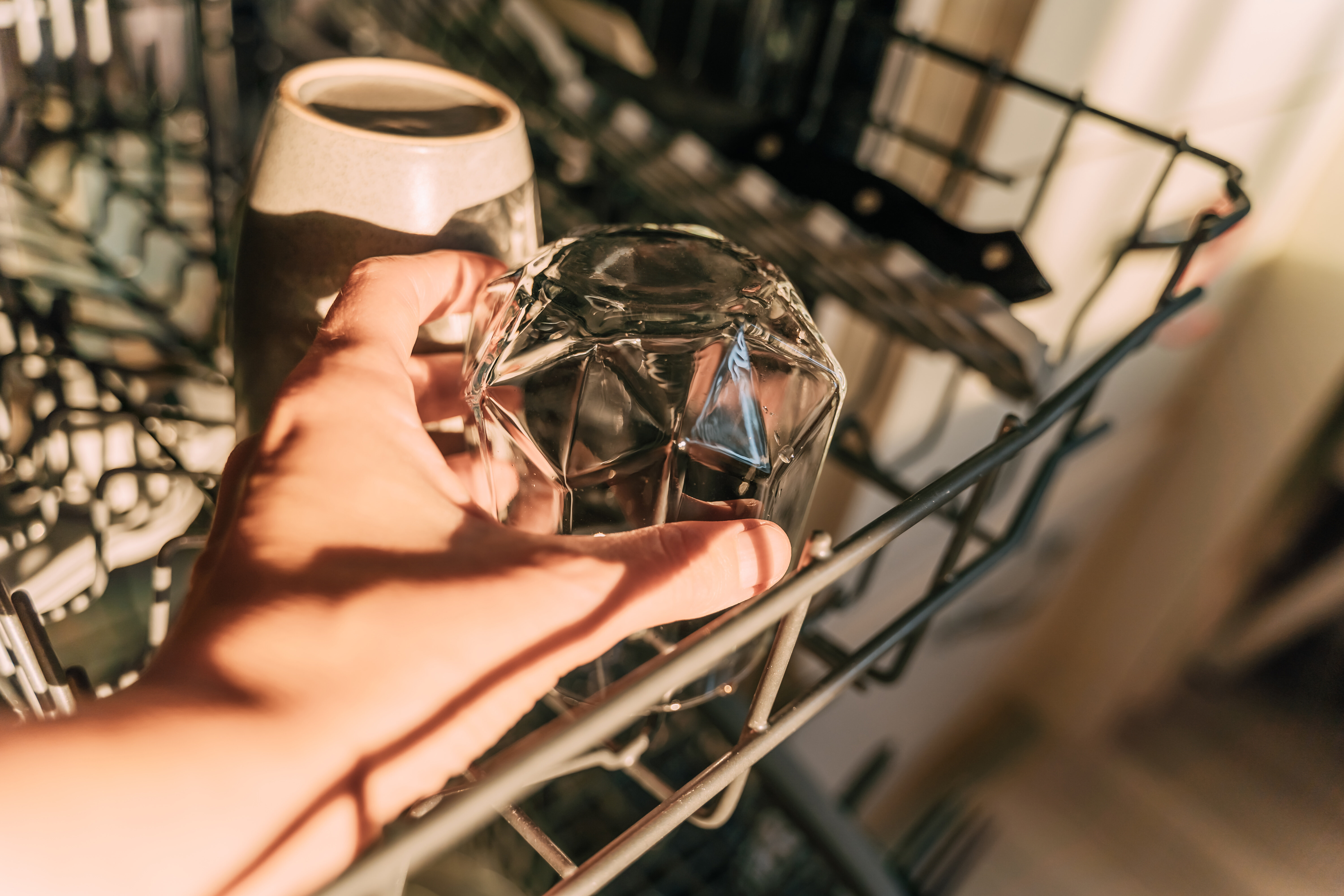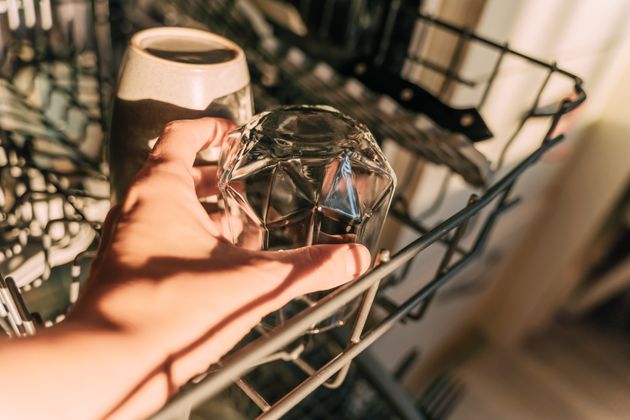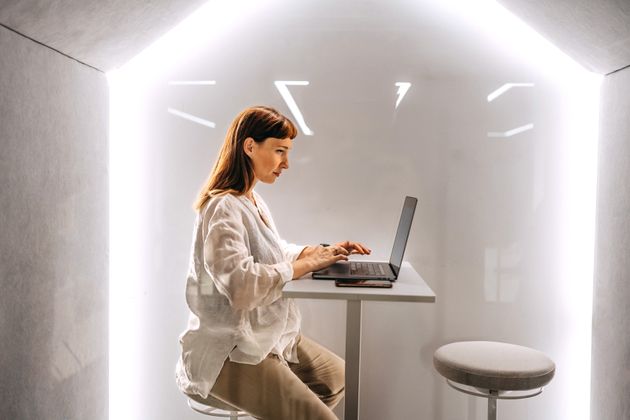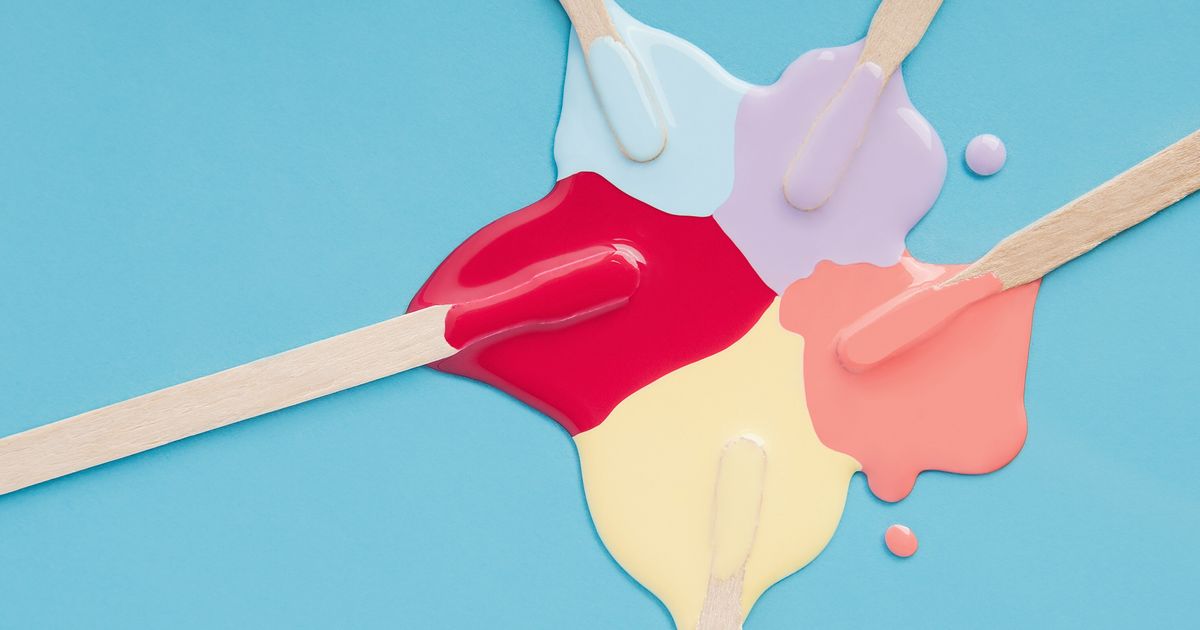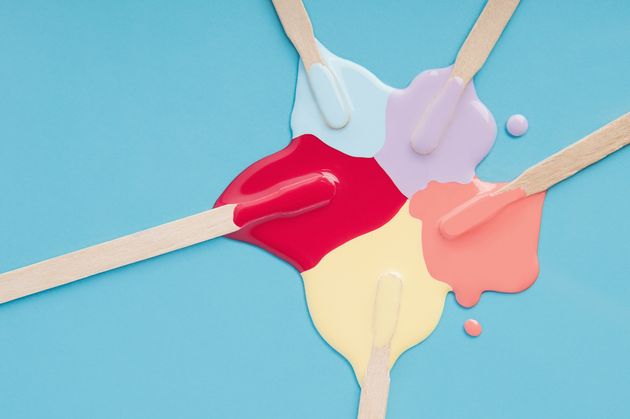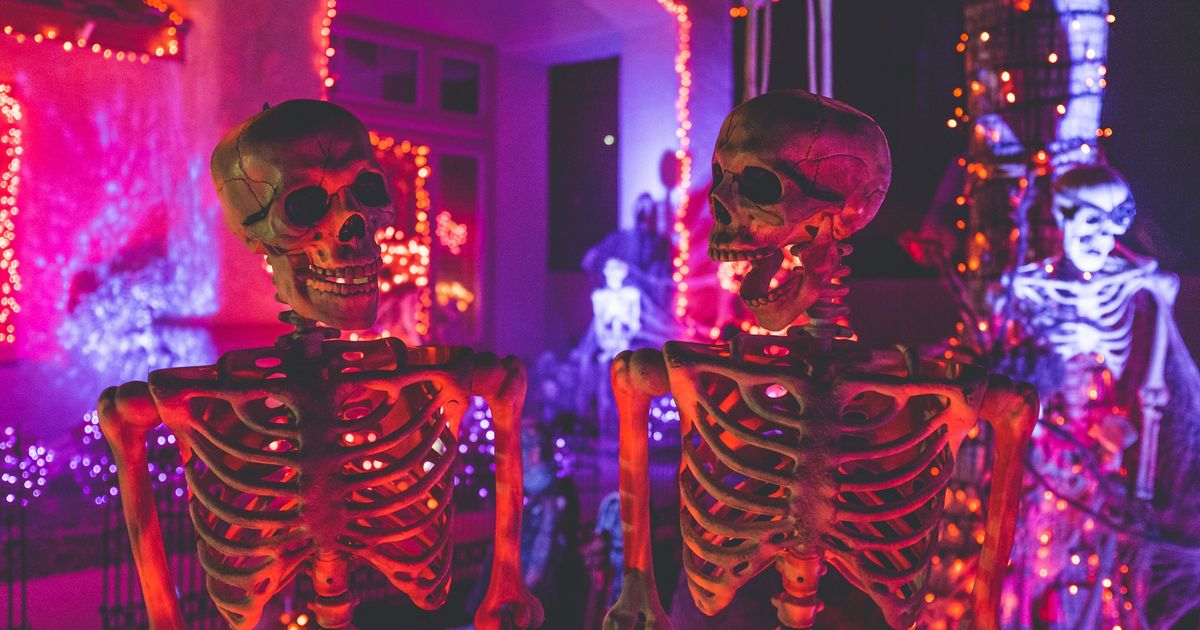
Is there anything more enticing than a haunted house?
Yes, we should all know better after many, many horror films have been set in them, but there’s just something so alluring about sharing a house with spirits that have long-since left the mortal realm.
If you’re with me here and you enjoy this mythology, you may be disappointed by what I’m about to reveal.
Advertisement
You see, the thing is, most of the features of “haunted” houses can unfortunately be explained away by science.
The science behind haunted houses
Writing for BBC Science Focus, Dr Alistair Gun, a radio astronomer reveals: “The vast majority of paranormal investigations have been of the pseudoscientific variety – based on incorrect, incomplete or misrepresented science, or invalid due to bias, manipulation, assumption or omission.”
He goes on to explain: “It’s an unscientific leap of faith to believe in alien visitation based solely on unexplained sightings.
“The same is true for the belief in ghosts; there’s no scientific rationale for it. Science does offer some potential explanations for hauntings. Most are environmental or psychological in nature.”
Advertisement
Unfortunately, our whimsy can’t outweigh science.
In fact, the explanation is likely something very normal, according to Gun. Sleep paralysis, sleep deprivation and stress can all play into experiencing hallucinations and visual disturbances.
Additionally, “haunted” houses are more likely to have mould and some variations of mould can lead to hallucinations.
So, if you think your home is haunted, you may want to check for it.
Why do we enjoy being scared?
Why is this disappointing news, though? Why are we so drawn to being scared in a controlled setting like a haunted house or even just watching a scary film? Are we okay?
The British Psychological Society says: “There is a neuropsychological reason – we get an adrenalin rush when something spooks us or something scary happens which releases endorphins and dopamine, so put simply, there is a chemical process that creates a similar sense of euphoria.
“Some say that having a ‘scary ghost experience’ is like being on a rollercoaster, we are hijacking the natural flight response and enjoying it.”
Advertisement
Makes perfect sense.













